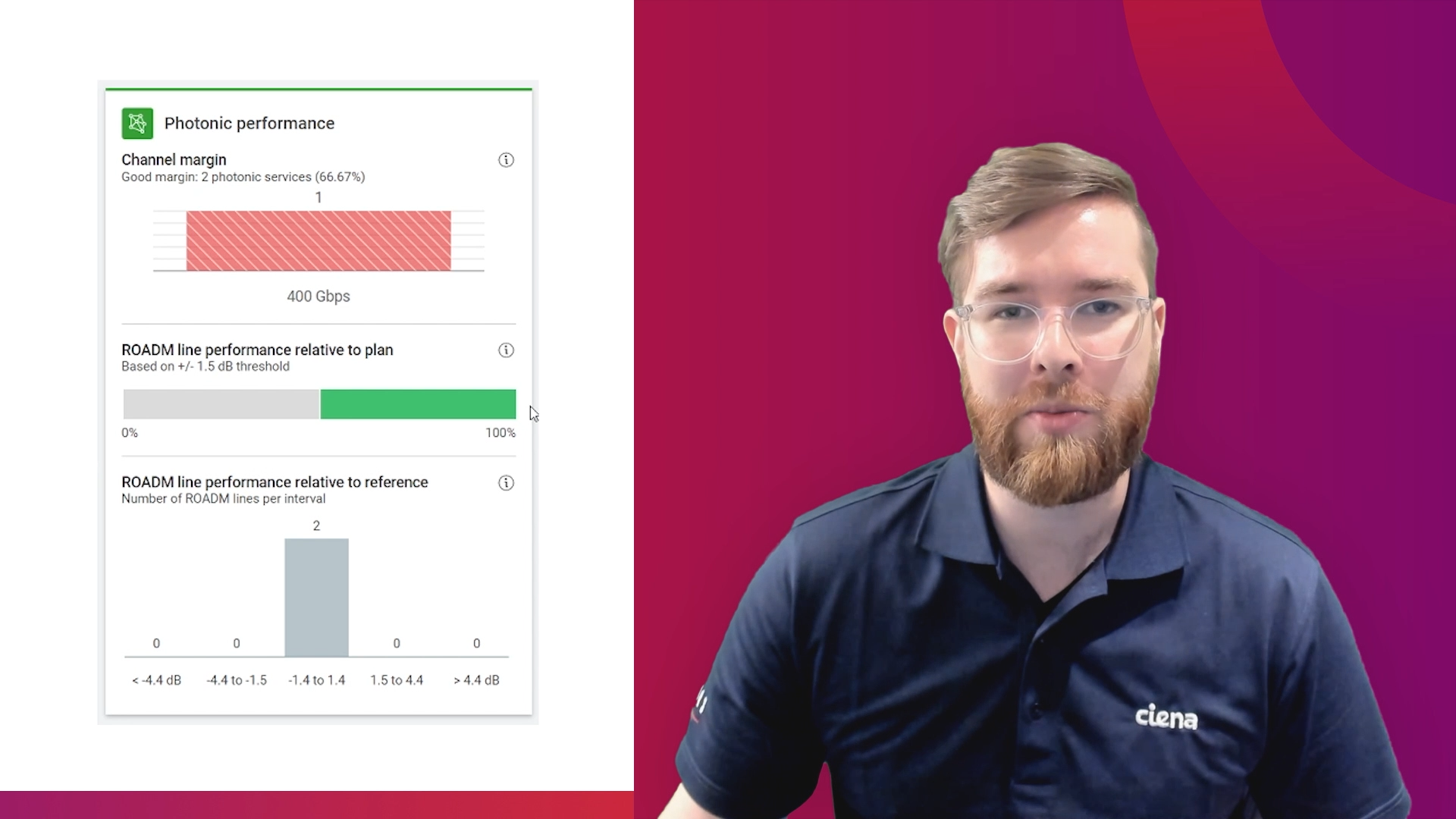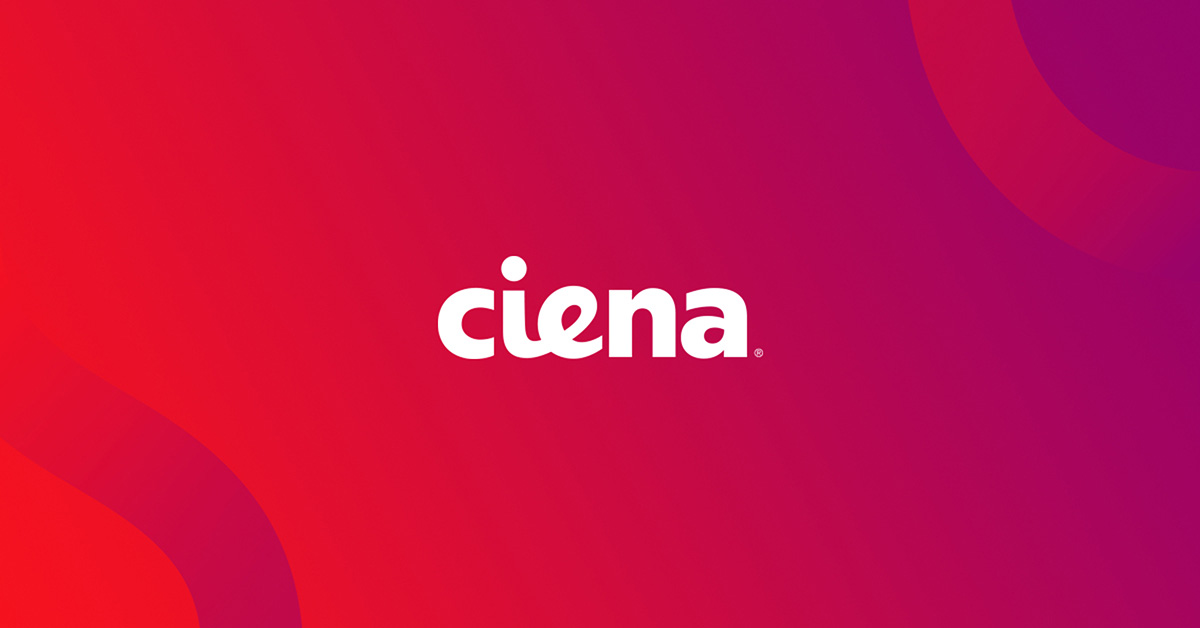Is It Time to Replace Your Network's Annual Check-Up?
This article was first published in For the Record.
In the past, an annual visit to our primary care doctor was considered common practice. But in today's era of personalized, precision medicine, the annual checkup may not be as necessary for otherwise healthy adults. In fact, research conducted by the Cochrane Collaboration suggests that yearly visits in the absence of symptoms are not beneficial. According to the National Center for Policy Analysis, patients in the United States visit their physicians for annual checkups more than 44 million times per year despite having no medical issues or concerns.
Certainly an annual exam with preventive screening measures can be effective or necessary for infants, the elderly, and those at high risk of certain illnesses. But healthy adults with no symptoms or chronic conditions can probably leverage new health care apps and tools to start monitoring their health. And, with the increased use of these personal medical monitoring devices, whole-genome sequencing, and predictive health analytics, a physician can be alerted to the patient's issue before the annual exam appointment. Regular monitoring, reporting, and analysis of patient health statistics can increase the accuracy of diagnosis, improve patient outcomes, and help reduce health care costs.
Additionally, wearable health sensor technology can increase and improve quality of data available. For example, 58% of mobile phone owners have a health care, wellness, or medical application to help track their health and daily activity. Thus, many health care providers are investigating ways to incorporate these data into patent treatment plans to help bridge the gap between fitness tracking for fun and actual medical care. Many patients are ready to embrace this new era of health care, with 78% of consumers in an Accenture study saying they are willing to wear technology to track their lifestyle and vital signs.
Is the Network Healthy?
This evolution toward a more holistic, personalized health maintenance program will create an explosion of data. In fact, the amount of worldwide health care data is expected to grow to 25,000 petabytes in 2020. This will put more pressure on our communication networks. As a result, it's imperative to ensure the "health" of the data network is robust and that sharing patient information amongst all stakeholders is possible.
Much like the annual physical health checkup, the traditional approach of many network managers was to conduct infrequent network performance checkups and to take action only when there is an unexpected outage or issue.
In today's on-demand world where users expect their communications to be available 24/7, this is no longer acceptable. If network managers look only for alarms, they see just a fraction of the information available at any given moment and lose the ability see the complete network health picture. This can restrict how much preventive action can be taken to avoid network disruption. Operators need help maintaining network performance to keep pace with increasing demands from health care entities, new critical applications, and patients.
The Missing Antidote
Now, thanks to new analytics software, network operators can check a network's health and ID issues and remedies proactively. If accurately compiled and deciphered, this information can help improve various aspects of the health care provider's operations—such as enhancing the patients' quality of experience, increasing operating efficiency, lowering costs, developing better service level agreement management, and improving the accuracy of business forecasts and resource requirements.
When network operators can better monitor and understand how their networks are operating, the health check procedure changes from just waiting for alarms to continuous real-time monitoring and feedback. It becomes much easier to determine what requires attention and what remedies might be available to avoid a service disruption before it occurs.
So, just as regular fitness/health tracking and tools can help identify ailments before they turn into big problems, continuous network monitoring and predictive analytics are becoming more common practice. For network operators, this can be a game changer and help to ensure network delays or outages are kept at a minimum. With advanced network analytics, operators can maintain network performance and keep pace with user demands for always-on, accessible-anywhere applications.






